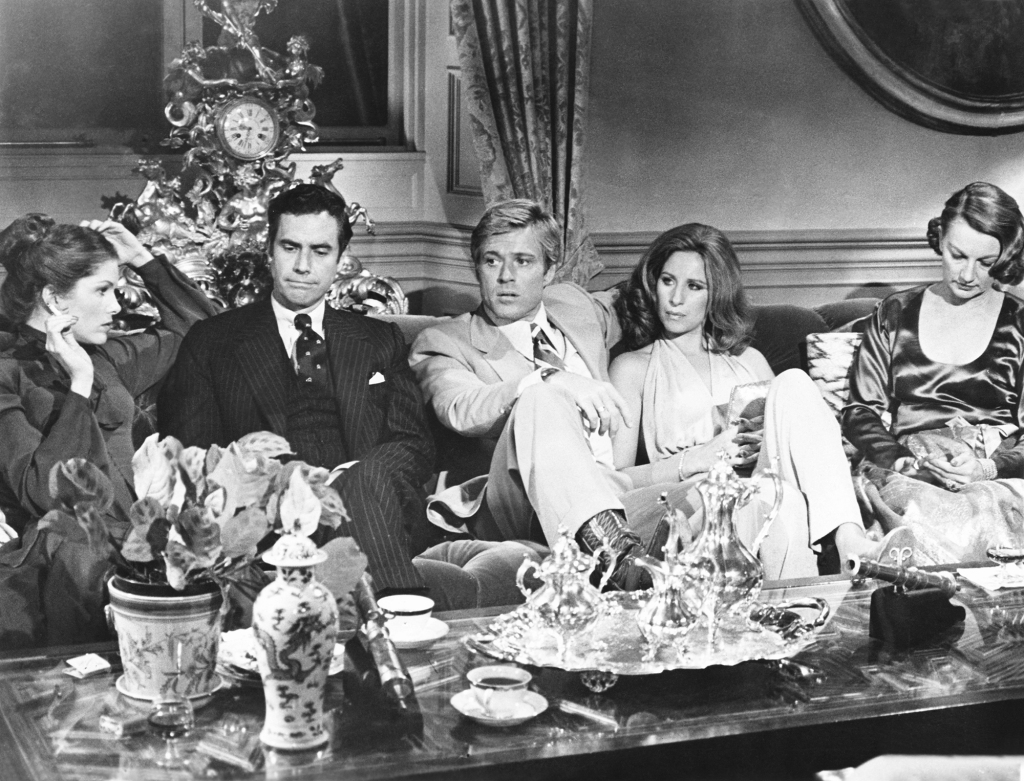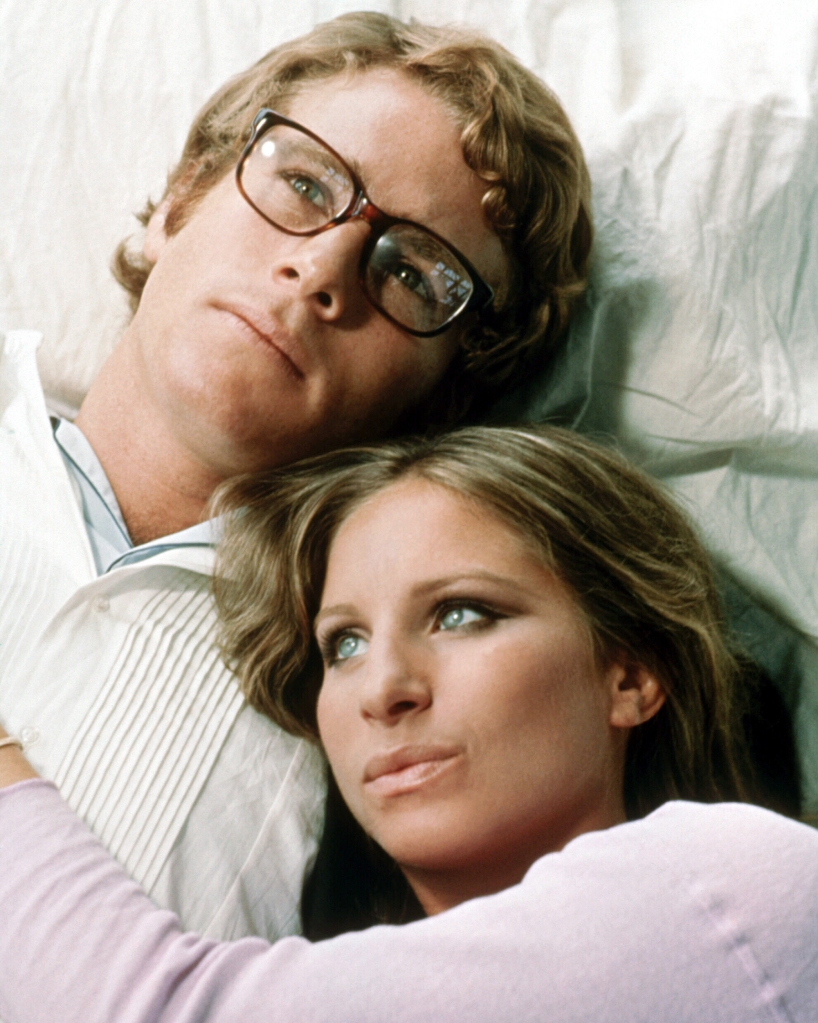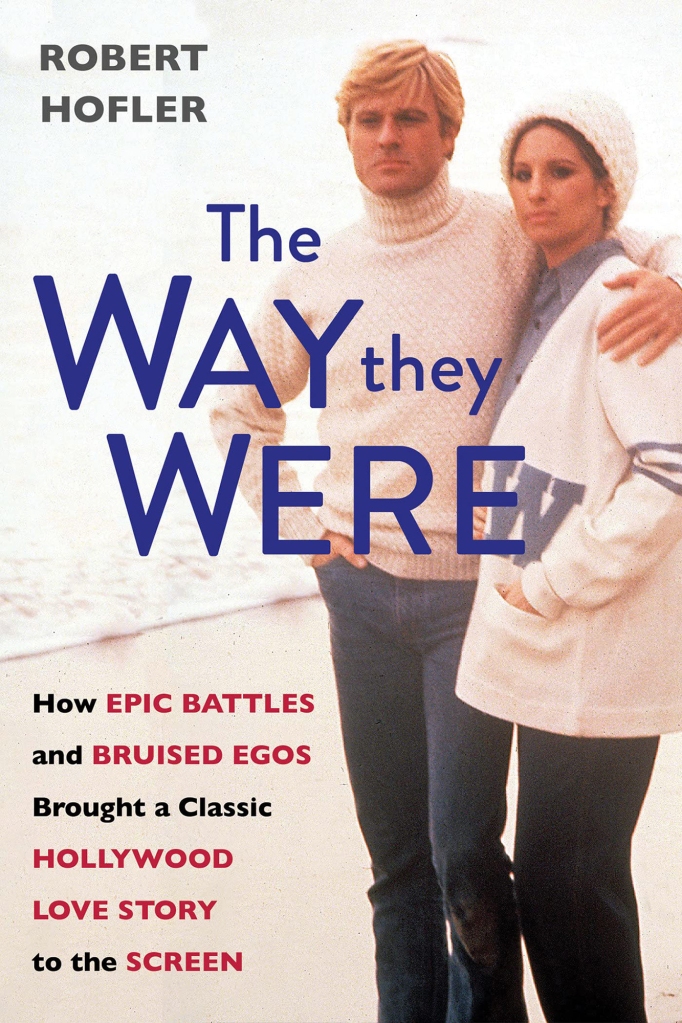Why the classic film ‘The Way We Were’ almost didn’t get made
In 2002, the American Film Institute released its list of cinema’s “100 greatest love stories.” The top of the list included such Old Hollywood classics as “Casablanca,” “Gone With the Wind” and “An Affair to Remember.” But coming in at No. 6, right above the historical epic “Dr. Zhivago,” was a different kind of romance, about a working-class Jewish radical (played by “Funny Girl” Barbra Streisand) and her doomed relationship with an All-American, WASPy golden boy (played by Robert Redford).
That movie, “The Way We Were,” turns 50 this year, and it remains a beloved boomer classic. And yet according to “The Way They Were: How Epic Battles and Bruised Egos Brought a Classic Hollywood Love Story to the Screen” — a new book by veteran entertainment reporter Robert Hofler (Citadel Press, out Jan. 24) — its success came as a complete shock to almost everyone involved.
The production was marred by in-fighting and setbacks. Ryan O’Neal — Streisand’s erstwhile boyfriend — wanted the part, and was about to step in until Redford finally agreed to join the movie; Redford was so reluctant to get involved that Director Sidney Pollack had to hire 10 writers to beef up the role. The actress, for her part, was excited about the prospect of working with Redford (whom she — like every other leading lady in Hollywood — had a bit of a crush on; Meryl Streep once called him “the best kisser I’ve ever met in the movies.”)
Streisand and Redford had clashing acting styles, though, and his habit of waltzing into the set without rehearsing so their scenes would retain a certain freshness drove his perfectionist co-star crazy. As for the film itself, screenwriter Arthur Laurents — incensed by the cuts and changes to his script — hated it, as did producer Ray Stark. Test audiences didn’t care for it, either, and its leading man didn’t even bother going to its premiere. (Redford had driven himself to Times Square to attend the New York debut, but “when he saw all the lights, the crowds of people, and the reporters asking questions, he kept going,” Hofler writes. “It felt so great,” the actor told him.)

But viewers fell head over heels for it. “The Way We Were” netted close to $50 million, and became the 1963’s fifth highest grossing film.
Laurents was a formidable (and notoriously difficult) screenwriter and playwright who had penned the books for the musicals “West Side Story” “Gypsy” and movies like Alfred Hitchcock’s thriller “Rope.” In 1962, while working as a theater director, he cast a 19-year-old Streisand in her Broadway debut, “I Can Get It For You Wholesale,” despite the producer’s objections (he deemed her too young and not pretty enough for the role). Now, 10 years later, he was writing a movie — based on his novel “The Way We Were” — for his former protégé.

Streisand said yes right away. “The Way We Were” promised a reprise of her Oscar-winning turn in the 1968 musical “Funny Girl,” but even more boundary-pushing. Like “Funny Girl,” Laurents’ script offered a spin on the Cinderella story, but with a dash of radical politics mixed in. Streisand’s character, Katie Morosky, is an unabashedly Jewish radical leftist who falls in love with — and eventually nabs — the privileged Hubbell Gardiner. Hubbell is a gorgeous, talented but milquetoast writer who prefers not to rock the boat.
“The Way We Were” drew on Laurents’ own experience with the Hollywood blacklist. He claimed that he was denied script jobs for years because the leftist paper The Daily Worker reviewed one of his plays — although whether he was ever officially blacklisted or “graylisted” is debatable. He wanted his film to expose the hypocrisy of Hollywood during this era.

While Laurents told Streisand that he based Katie on her, the love story actually drew from his own romantic travails as a brash Jewish gay Brooklynite with a fetish for gorgeous goys. “Laurents worshiped good looks because, as he put it ‘I never liked what I look like,’” writes Hofler. In 1955, however, he met Tom Hatcher, a hunky former truck driver turned aspiring actor. It was love at first sight — and their unlikely long-lasting relationship, between the politically active, outspoken, abrasive Laurents and the sweet, “uncomplicated,” golden-boy Hatcher would inspire the equally improbable pairing in “The Way We Were.” Laurents himself couldn’t quite believe his luck: how could a guy like Hatcher stay with a guy like him? And he poured that ambivalence into his screenplay — making Hubbell’s Prince Charming not nearly as perfect as Katie, blinded by his looks, built him up to be.

Female viewers went crazy for it — and not just because of Redford (who never looked handsomer). “In the movies, it’s typically the male character that starts a crusade, to prove himself and flex his muscles, and it’s the female character who worries about security and staying safe,” Hofler writes.
“The Way We Were” flipped the script. “Here, it’s the guy who calls his wife’s risk-taking a ‘futile, pointless gesture that can cause a helluva lot of trouble,’” he points out. “Here it’s the woman who stands strong against all odds.” Plus, after decades of watching “ordinary-looking average Joes as Humphrey Bogart and Spencer Tracy and James Stewart win the affections of such extraordinarily uncommon-looking beauties as Ingrid Bergman and Katharine Hepburn and Kim Novak,” Hofler writes, “how enjoyable it must have been for [women] to see the reverse fantasy materialize on screen, finally.”
Read the full article Here


